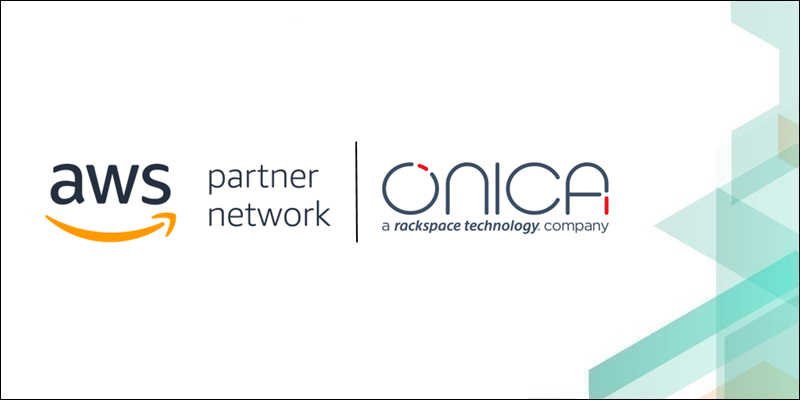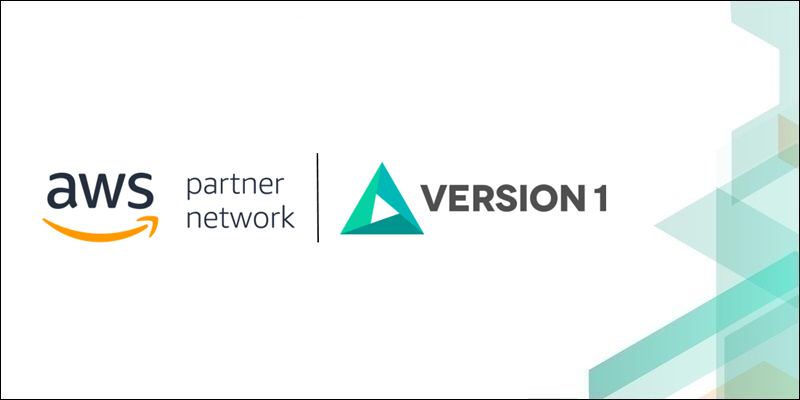AWS Partner Network (APN) Blog
Tag: AWS Key Management Service
How Onica’s Elastic Engineering Team Automated Disaster Recovery for Amazon RDS Instances
As organizations move to AWS, ensuring you have an effective disaster recovery (DR) strategy in place to manage outages is paramount. Through defining a common understanding of RTO and RPO requirements, organizations can adequately design for DR solutions. Learn how Onica’s Elastic Engineering team co-created a solution with a client that leverages serverless architecture and enables an automated backup and restore for Amazon RDS instances.
Making Blockchains Interoperable and Agile with HCLTech’s CoTrust Platform and AWS
Blockchain is being compared with the “network of networks,” and rightly so as the traits between both are similar. The introduction of more technology platforms gives users choice but also increases the siloes. To make a blockchain network work in an enterprise, there has to be a glue which sticks all of these platforms together. Learn how AWS Premier Consulting Partner HCLTech built a highly scalable, cost-effective, and easy-to-integrate blockchain platform called CoTrust that is architected to deploy on AWS.
Integrating Zendesk with AWS and Other SaaS Services Using Amazon AppFlow
Organizations are rapidly adopting SaaS solutions to better serve their end customers using specialized software, but using SaaS services can lock key business data in different “data islands” that are hard to integrate. AWS recently announced the extension of support for Zendesk as both source and destination in Amazon AppFlow. This expanded integration enables customers to transfer data bi-directionally between Zendesk and other AWS and SaaS services in just a few clicks.
How Version 1 Migrated Martin Currie’s Windows Workloads to AWS to Enable Agility and Innovation
Learn how Version 1 helped specialist investment management organization Martin Currie migrate its technical estate that was held in data centers to AWS over a period of 12 months. The data center contract was expiring in 12 months, and the migration had to be performed at a blistering pace without interruption to the organization or its customers. We’ll also explore how Version 1 continues to help modernize the company’s workloads using managed AWS services.
How to Use AWS Transfer Family to Replace and Scale SFTP Servers
In the financial services domain, it’s a common architecture pattern to find shared services file servers that act as SFTP file server or FTP server. Because these financial applications are not always API driven, data exchange using flat files remains the standard way to share information between applications, even when some of them have been migrated to AWS. Learn how DXC Technology addressed migrating this type of server using AWS Transfer Family, Amazon S3, and Amazon EFS.
Embracing DevSecOps: Building Security into Cloud-Native Development Workflows
Automation and integration are critical to producing applications with fewer flaws at a speed that won’t slow developers down. However, this is only possible with a well-planned DevSecOps program and the right tools embedded into your software development lifecycle. Dig into the importance of the digital shift and how you can implement DevSecOps into existing workflows with the combined control of Veracode’s scanning tools and AWS integrations.
How to Tokenize and De-Identify Your Data in Amazon RDS with Baffle
Baffle Data Protection Services (DPS) provides a data-centric protection layer allowing customers to tokenize, encrypt, and mask data in Amazon RDS at the column or row level, without any application code modifications while supporting a BYOK or HYOK model. Review the architecture for Baffle DPS, and walk through how to launch and test Baffle DPS from an AWS CloudFormation template with Amazon RDS databases to encrypt data at the column level.
Maintaining Control of PII Hosted on AWS with Hold Your Own Key (HYOK) Security
One of the biggest challenges in moving to the cloud for organizations that collect and process personally identifiable information (PII) is the fundamental change to the trust model. SecuPi minimizes changes to the trust model and reduces the risk associated with digital transformations. Learn how SecuPi can help you collect and process sensitive or regulated PII and reduce barriers to cloud adoption while satisfying the trust model requirements of even the most conservative and risk-averse companies.
Using Amazon SQS in a Multi-Tenant SaaS Solution
Modern applications often rely on queuing for service integrations, batch processing, or as part of workflow orchestration. Queues are key to adding scale and resiliency to your environment. This is especially true in software-as-a-service (SaaS) environments. Explore some of the common scenarios used when building SaaS solutions with Amazon Simple Queue Service (SQS), and learn how data isolation, scalability, and compliance requirements might influence the queuing model you select.
How SnapLogic eXtreme Helps Visualize Spark ETL Pipelines on Amazon EMR
Fully managed cloud services enable global enterprises to focus on strategic differentiators versus maintaining infrastructure. They do this by creating data lakes and performing big data processing in the cloud. SnapLogic eXtreme allows citizen integrators, those who can’t code, and data integrators to efficiently support and augment data-integration use cases by performing complex transformations on large volumes of data. Learn how to set up SnapLogic eXtreme and use Amazon EMR to do Amazon Redshift ETL.









